The installation plan of solar street lights can be flexibly selected according to project requirements, environmental conditions and budget, including construction location, determination of street light spacing, installation construction steps and post-maintenance.
The following are several common installation methods and applicable scenarios:
First, when choosing the installation site, make sure that the streetlight is set in an unobstructed area so that the solar panels can fully receive sunlight. This means staying away from obstructions such as tall buildings and trees. According to the construction design, determine the location of the streetlight and evaluate it according to the geological conditions on site. If the surface soil is soft, the foundation pit needs to be deepened to ensure the stability of the solar streetlight.
Regarding the installation spacing of streetlights, it is generally recommended to be between 20 and 50 meters. The specific spacing depends on the height of the light pole and the power of the light source. For example, for ordinary streets in the city, the streetlight spacing can be set at 20 to 30 meters; while for two-way lanes with a width of more than 10 meters, it can be set at about 30 meters. In new rural areas, the installation distance can usually be set at 30 to 50 meters to achieve a more economical lighting effect.
In the specific installation steps, first install the solar panel, making sure it faces due south (northern hemisphere) to maximize the absorption of sunlight. Then lay the cable, connect the panel with the controller, and take waterproof treatment. Next, install the light poles, lamps and down-leads to ensure that all electrical systems are connected safely and reliably.
Finally, in order to ensure the normal use of solar street lights, regular maintenance and inspection are also very important, including cleaning solar panels, checking the safety of batteries and circuits, etc., to extend the service life of the equipment and ensure good lighting effects. Through reasonable construction plans and maintenance measures, the lighting efficiency and energy saving effect of solar street lights can be effectively improved.
Features:
① Solar panels, batteries, and LED lamp heads are integrated with compact structure.
② The installation is the simplest, no additional wiring is required, suitable for rapid deployment.
Applicable scenarios: low-power lighting needs such as urban communities, courtyards, park trails, etc.
Installation steps:
① Dig foundation pit → ② Pre-embed anchor bolts → ③ Fix the light pole → ④ Debug angle.
Features:
① The solar panel is separated from the lamp head, and the battery can be externally mounted or buried.
② High flexibility, the solar panels can be adjusted individually to maximize lighting efficiency.
Applicable scenarios:
High pole street lights (over 6 meters) or high-power lighting needs (such as main roads).
Areas with poor lighting conditions (improve charging efficiency by increasing the area of solar panels).
Installation steps:
① Install the light pole → ② Fix the solar panel (roof/bracket) → ③ Connect the battery and controller → ④ Debug the system.
Features:
① Multiple street lights share large solar panels and centralized battery packs.
② The system is more stable and suitable for high load or continuous rainy weather needs.
Applicable scenarios:
Centralized lighting projects such as large parks, parking lots, and rural roads.
Areas with unstable lighting (power supply is guaranteed by large-capacity energy storage).
Installation steps:
① Install the solar array bracket → ② Lay the cable to the battery room → ③ Connect each street light terminal → ④ Configure the intelligent control system.
Features:
① Directly installed on the wall or column, no light pole is required.
② Save space and low cost.
Applicable scenarios:
Building exterior walls, corridors, garage entrances and other areas.
Locations where existing circuits are difficult to modify.
Installation steps:
① Positioning and drilling → ② Fixing the bracket → ③ Installing the lamp body and solar panel → ④ Angle adjustment.
Key points:
Lighting conditions: The solar panel needs to face south (northern hemisphere) and be unobstructed, and the tilt angle is adjusted according to the local latitude.
Battery protection: Lithium batteries should avoid being buried (moisture-proof), and lead-acid batteries need ventilation and heat dissipation.
Wind-resistant design: The lamp pole and bracket must meet local wind pressure standards (such as resistance to a level 12 typhoon).
Intelligent control: It is recommended to add a remote monitoring system to adjust the brightness and fault alarm in real time.
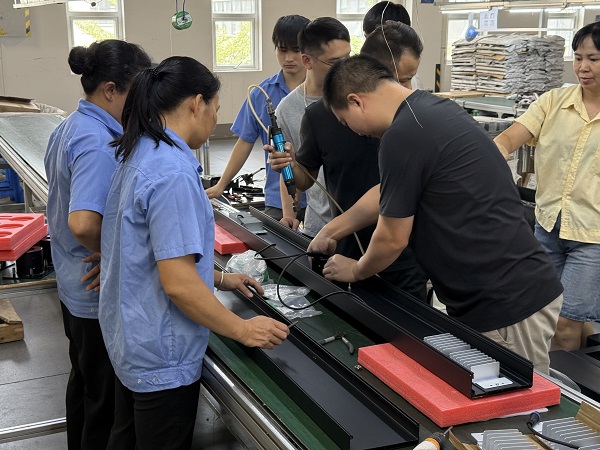
If you need an installation plan for a specific solar street light project (such as a government project or an overseas project), you can further provide parameters (pole height, average daily light, number of days of continuous operation, etc.) Solway will customize it for you!
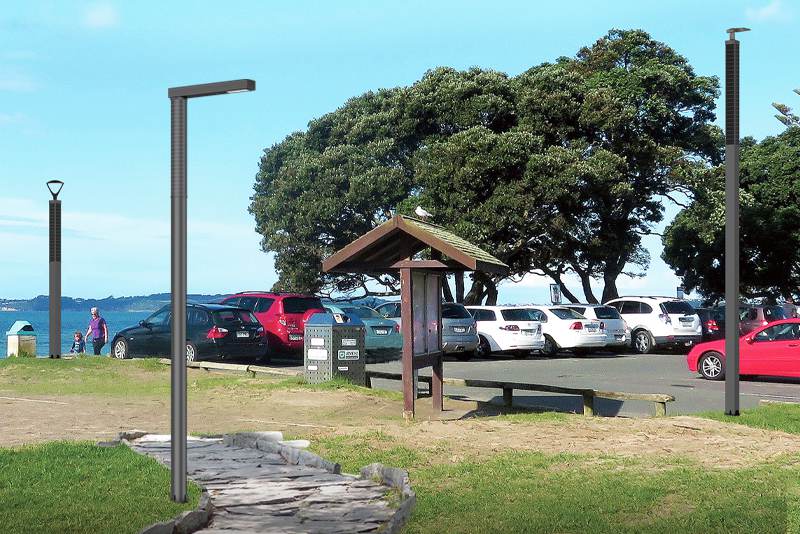

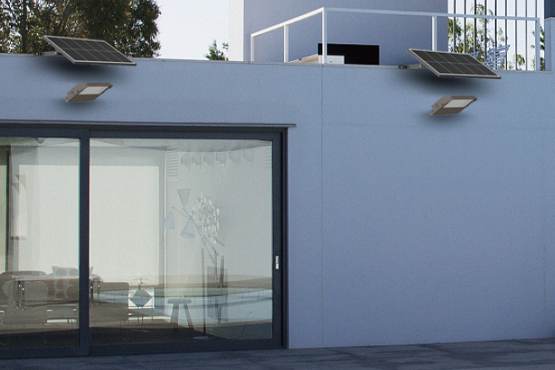
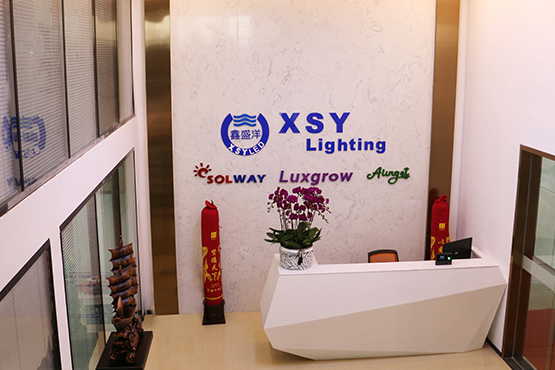


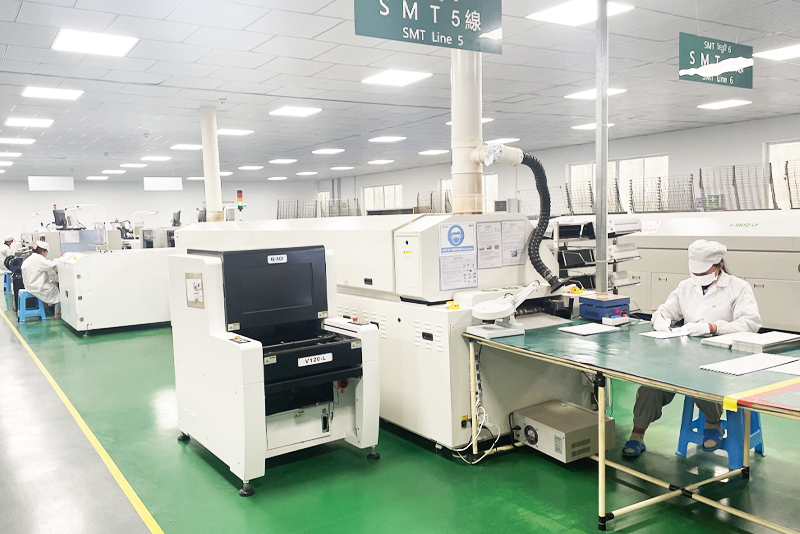
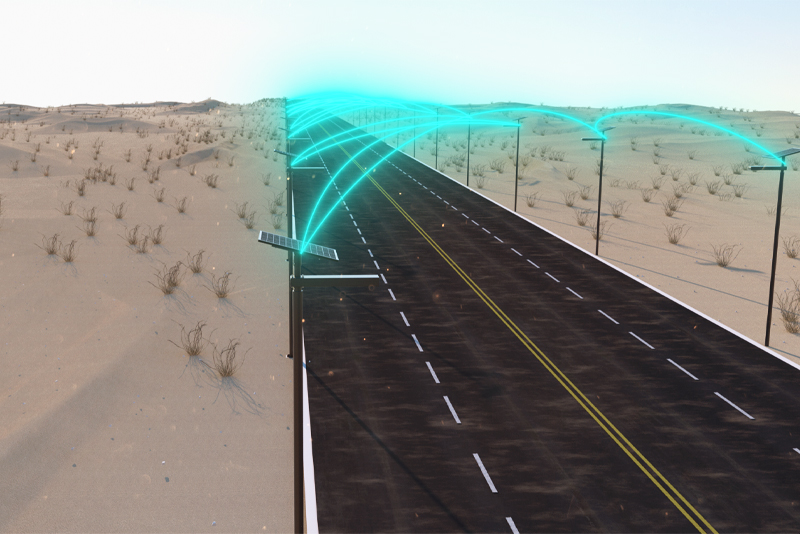

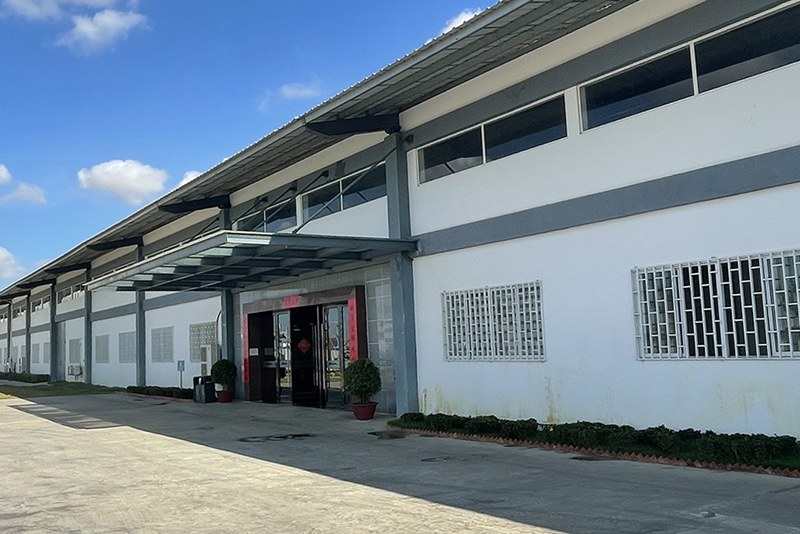
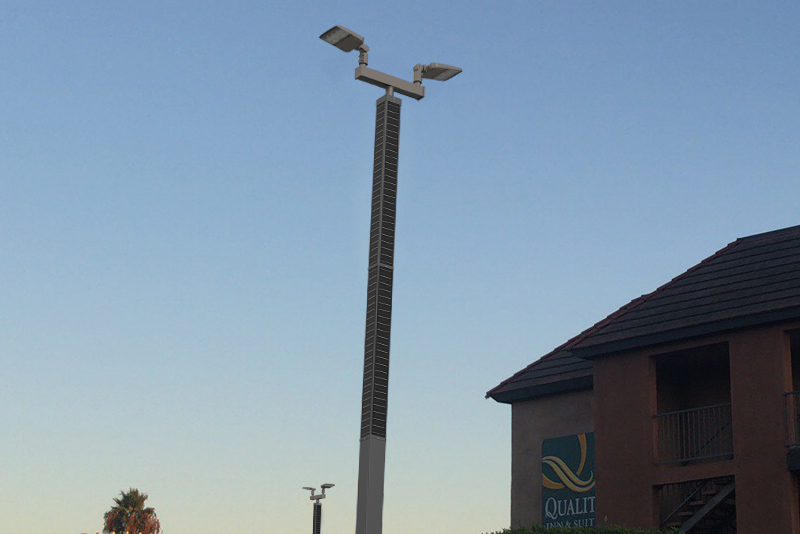

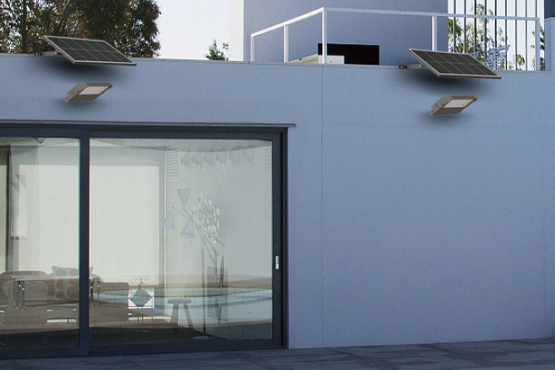






 English
English










 Scan WhatsApp
Scan WhatsApp Scan Wechat
Scan Wechat Scan WhatsApp
Scan WhatsApp Scan Wechat
Scan Wechat Consult Now
Consult Now





